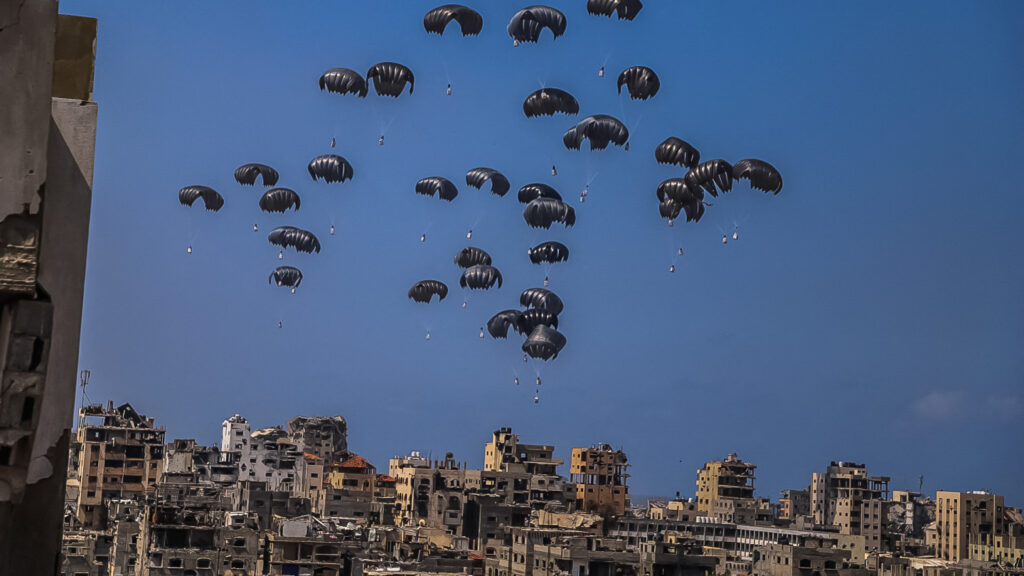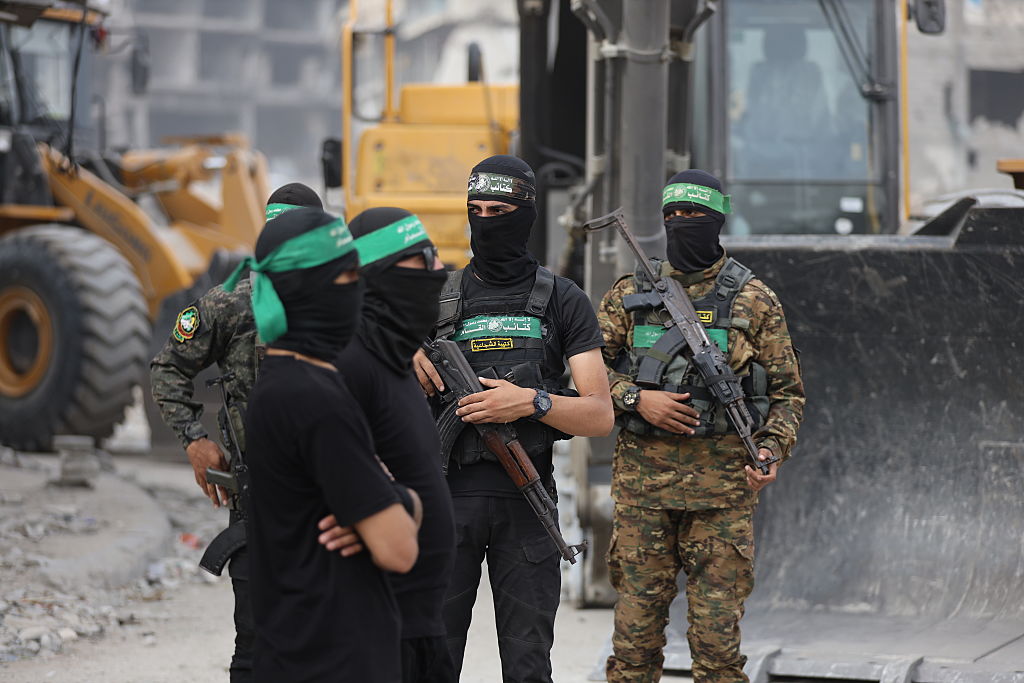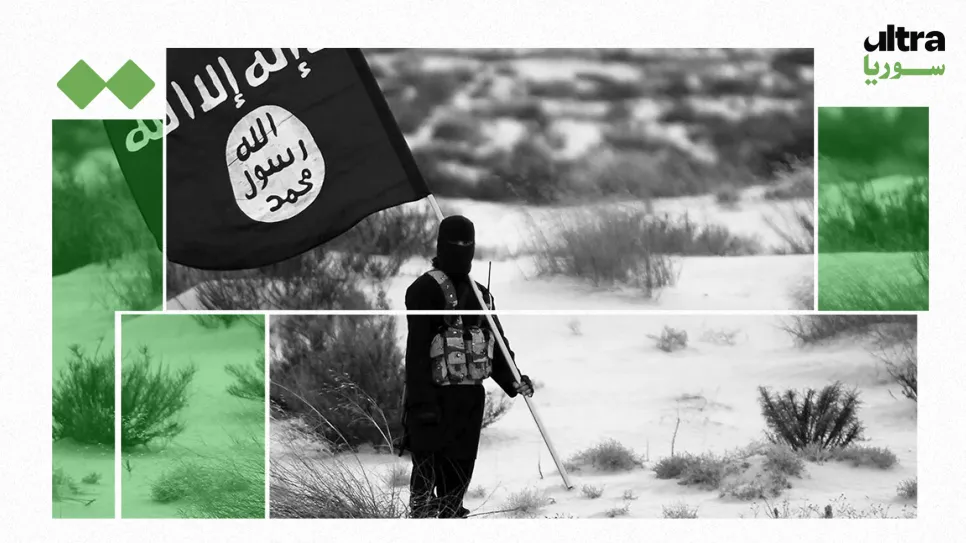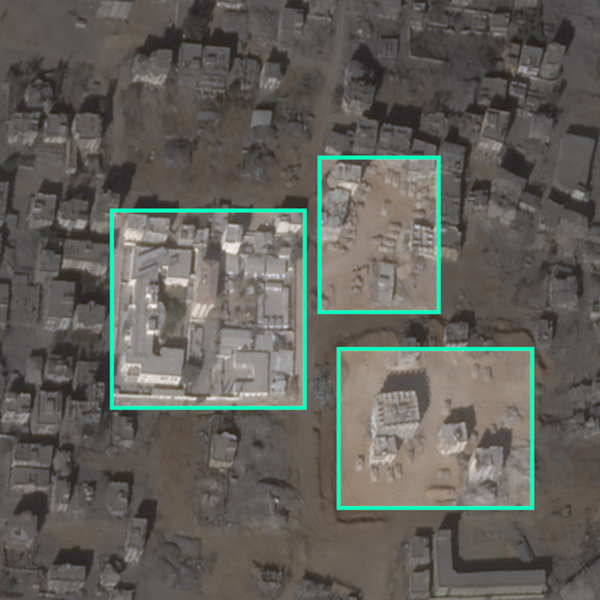Author: M Barbu
How logistics and lies obscure Israel’s responsibility for Gaza’s humanitarian crisis

Since the start of Israel’s ongoing Rafah invasion in early May, humanitarian workers have been displaced alongside over one million Palestinians, with movement within the Gaza Strip virtually impossible.
Telecommunications are frequently down, and many humanitarian activities have been halted. Aid organisations are reporting that most Gazans are unsure where their next meal will come from and that conditions in new displacement sites are worse than ever.
Palestinian terror groups have violated Gaza ceasefire at least 18 times since implementation, IDF claims

On October 14, four days after Israel and Hamas agreed to phase one of US President Donald Trump’s 20-Point Ceasefire Plan for Gaza, Trump addressed the Israeli Knesset. “After so many years of unceasing war and endless danger, today the skies are calm, the guns are silent, the sirens are still, and the sun rises on a Holy Land that is finally at peace,” Trump stated. However, a month after the implementation of the first phase of the ceasefire, which laid out clear guidelines for the cessation of hostilities and the return of Israeli hostages, Hamas and allied terror groups have violated the agreement at least 18 times, the Israel Defense Forces (IDF) claims.
Black Flags in Southern Syria: Who Is Helping ISIS Expand and Regroup?

A few days after the body of a General Security member was found shot near the town of Nahta in Daraa countryside in mid-September, ISIS released a video showing the field execution of the same young man, who had served in the General Security forces during the clashes between local tribes and fighters from the so-called “Military Council” in Suweida. Analysts viewed the incident as an announcement of ISIS’s arrival in Daraa and its renewed ability to spread and carry out operations for the first time since the fall of the Assad regime on December 8, 2024.
Hamas battles militias for control of Gaza following Israel’s withdrawal

Experts say Hamas is attempting to reassert its authority, but members of three anti-Hamas militias told Sky News they have no intention of laying down their arms.
One week into the ceasefire, a new kind of violence is plaguing the Gaza Strip.
Public executions, arson attacks and gun battles have raised the spectre of a slide into civil chaos as Hamas battles armed groups it accuses of collaborating with Israel.
A Guide to the Gaza Peace Deal

A long-awaited ceasefire between Israel and Hamas is finally underway, though tensions are already taking root. An end to the conflict is still up in the air, with all the old obstacles remaining in Trump’s twenty-point roadmap to peace.
Jihadi Groups Look To AI For Recruiting The Next Generation
Terrorist groups have a new tool in their toolbox – Artificial Intelligence (AI). It is being used by a rising generation of members of Hizbullah, Hamas, and Yemen’s Ansar Allah Movement (Houthis) and their ilk to win new supporters and followers. Pro-ISIS and pro-Al-Qaeda figures involved with these groups’ online activity frequently discuss, on their closed encrypted platforms, how to best use AI. As one ISIS supporter recently exhorted, “In order to move forward in the future, we need to learn how to use the new technology.”
